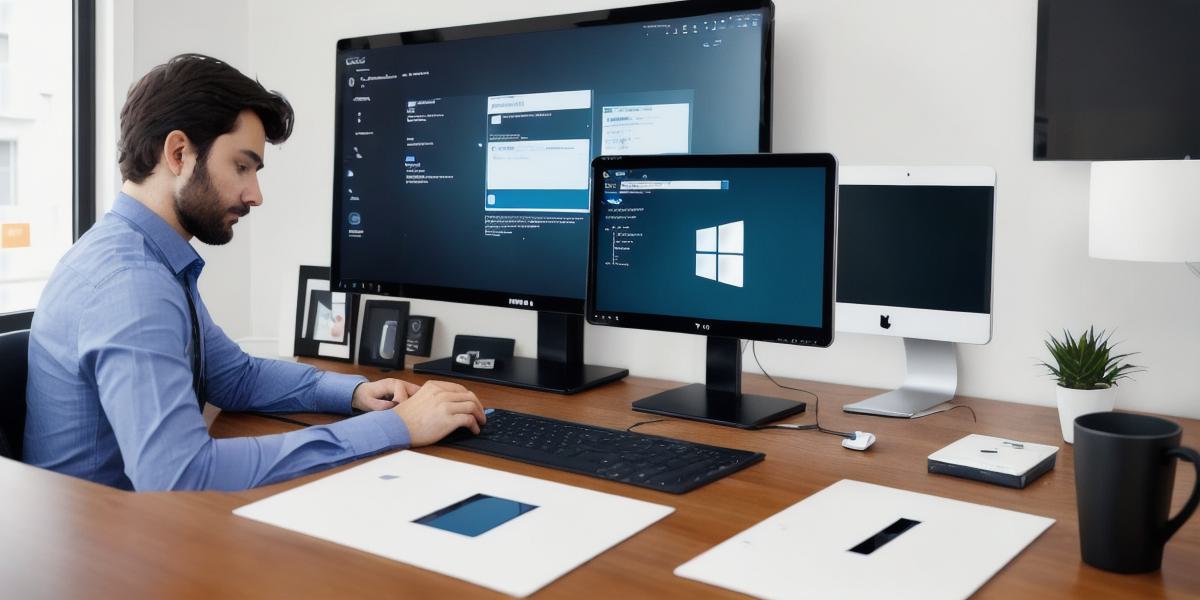Introduction:
Android is one of the most popular mobile operating systems with over 2.8 billion active devices worldwide. If you’re looking to develop an app for Android, there are certain guidelines that you need to follow in order to create a successful app. In this article, we will discuss the essential Android development guidelines that you should keep in mind while creating an app.
-
Keep Your User Interface Simple:
The user interface (UI) of your app is the first thing that users will see when they open your app. It’s important to keep your UI simple and easy to navigate. Users shouldn’t have to spend a lot of time figuring out how to use your app. Make sure your app has clear and concise labels for all buttons and features, and use a consistent design throughout the app. -
Optimize Your App for Performance:
Users expect apps to load quickly and run smoothly. To ensure that your app performs well, optimize it for speed by minimizing the use of resources like memory, CPU, and battery power. You can also use tools like Google’s Android Profiler to identify and fix performance bottlenecks in your app. -
Use Localization:
If you plan to release your app globally, localization is a must. Make sure your app supports multiple languages by using Android’s built-in localization support. This will allow users to set their preferred language, and your app will automatically display content in that language. -
Follow Platform Guidelines:
Android has specific design guidelines that you should follow when creating an app. These guidelines are designed to ensure that your app looks and functions consistently across all Android devices. By following these guidelines, you can create an app that looks professional and feels like a native part of the Android platform.
-
Test Your App Thoroughly:
Before releasing your app, it’s important to test it thoroughly to ensure that it works as expected. Test your app on different devices and Android versions, and make sure it works well in all scenarios. You can also use automated testing tools like Robolectric and Espresso to automate some of the testing process.
Conclusion:
Creating a successful app for Android requires careful planning and attention to detail. By following these essential development guidelines, you can create an app that is easy to use, performs well, and looks professional. Remember to keep your user interface simple, optimize your app for performance, use localization, follow platform guidelines, and test your app thoroughly before releasing it. With these tips in mind, you’ll be well on your way to creating a successful app for Android.
